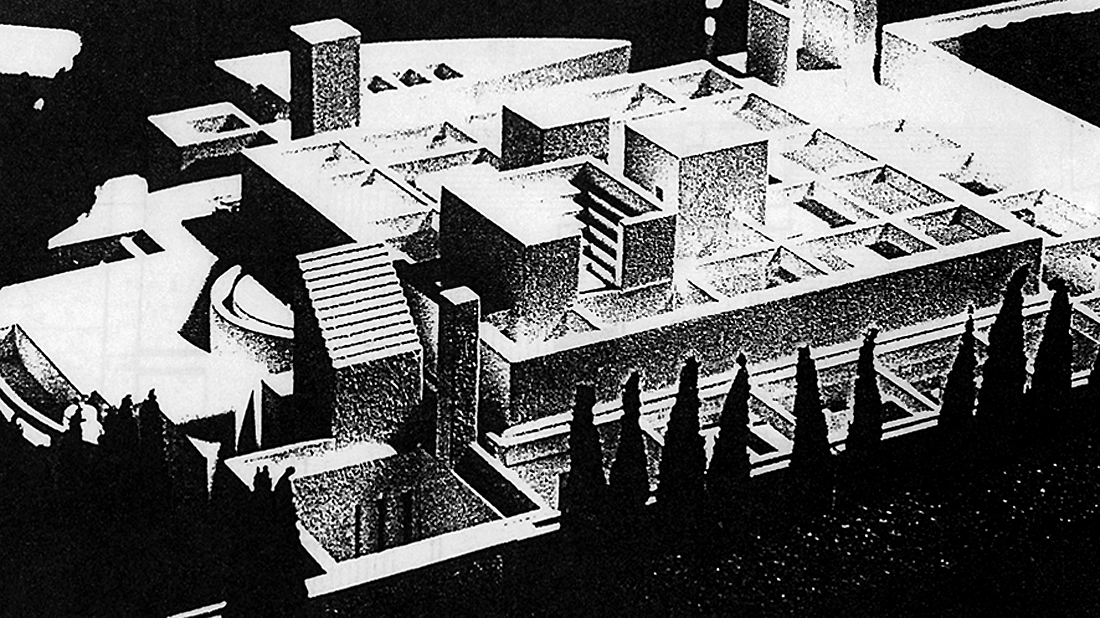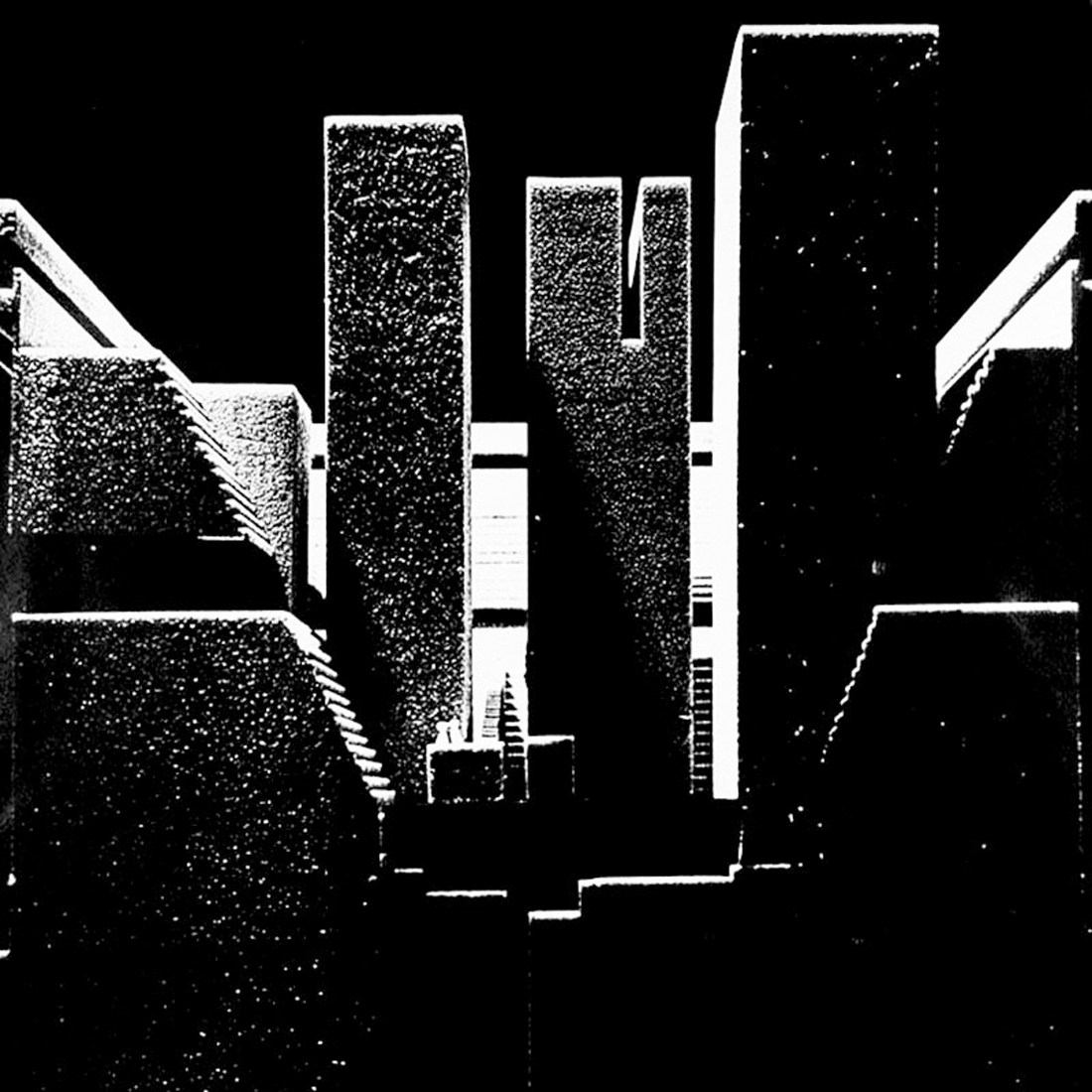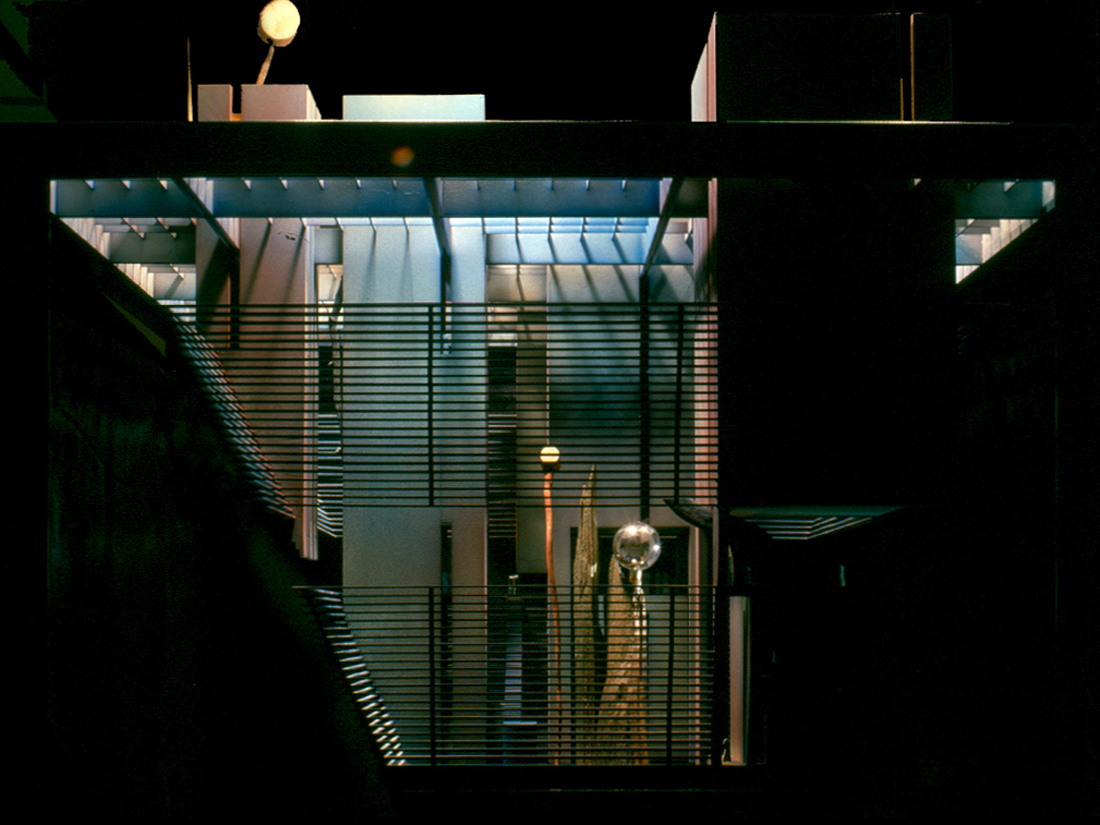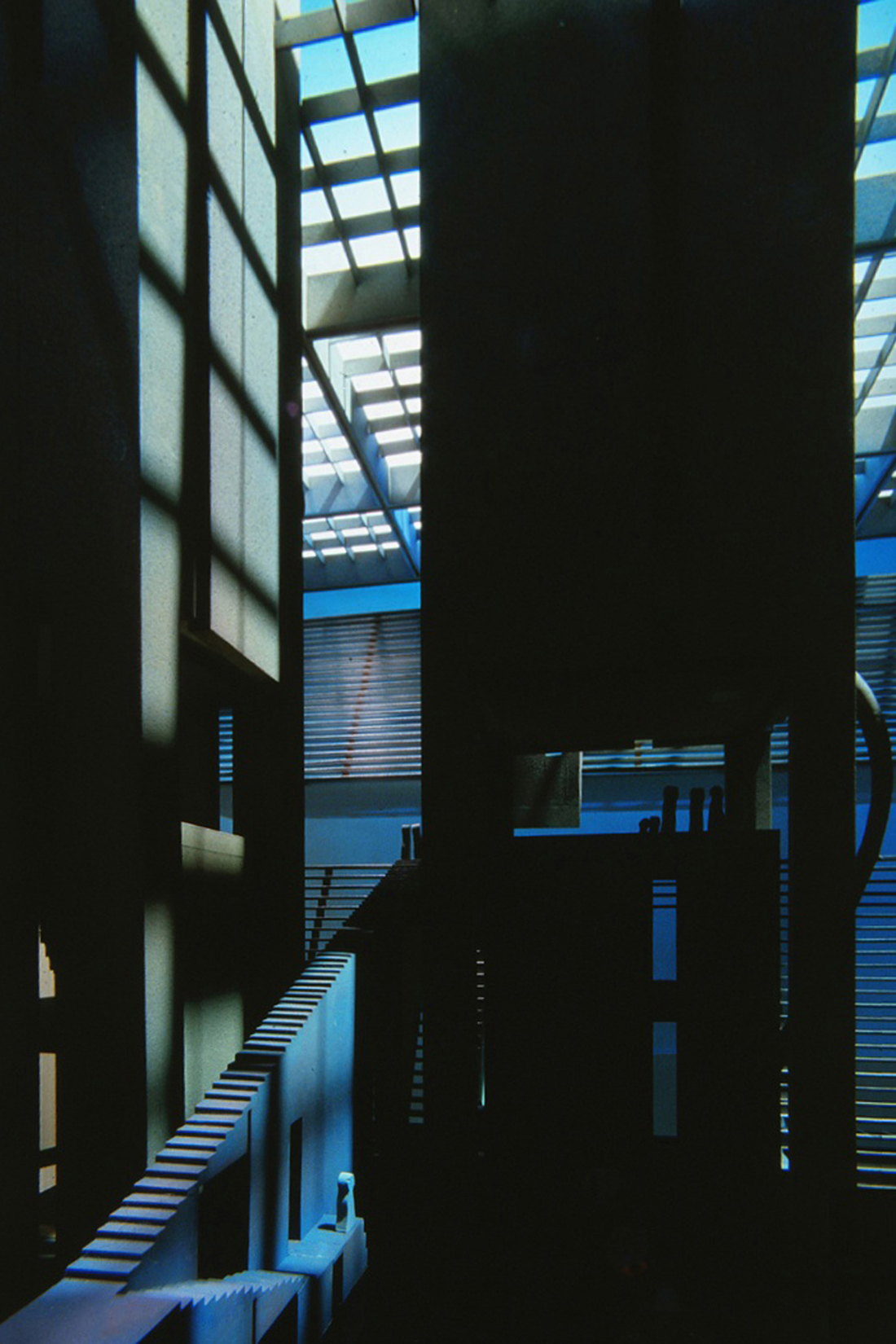If, more than in any other museum, time is what has to be represented, then architecture can do no other than to realize its heart’s desire, a desire with which it has been riddled from the beginning: to cheat the cage of three dimensions over into the fourth – to build time. This would be the key to opening up the building in the sense of the ‘spiritual transparency’ of its actual purpose, as conjured up by the director of the museum. For the sake of this inner transparency and depth the building is closed to the outside:
the single museum room with its circular terraces is open only to itself an to the sky above, as the whole building actually makes use only of the wall, the royal medium of architecture – the building is not a cube, its facade is a single window, a window into the sky … how else than by blocking off the outside world is the visitor to find the concentration necessary to rediscover times that really are lost to him, how else than under the protection of the timeless: of earth, of water, of sun, of clouds. Protection, by the way, that is also due to the old things, the witnesses, the exhibits. The ‘invitation to enter’ issued by the museum is rather a silent one – gateway and entrance courtyard form a link between two thousand years inside and the rebellious present outside. A greeting to the cities of Berlin comes less from the planted, tree-lined walls of this built-up piece of the Tiergarten than from the tower chambers over the glazed, mirrored roof. You might therefore miss the large, protruding roof at the front with the generously glazed foyer underneath it.
Dividing the exhibition space between essentially antiquarian presentation of history in epoch rooms, with critical presentation in consolidation and subject rooms, is a felicitous application of a long-cherished spatial concept: the epoch terraces, layered like centennial rings, provide substance for the subject and summary towers, which issue from them; the cyclical tour through the epoch galleries, a path leading from Henry the Fowler on an island deep below the Berlin sand up to the roof with its view of Alexanderplatz and Potsdamer Platz makes the omnipresent subject and summary towers into the nucleus of the museum – a permanent source of orientation. This rhythm of route and goal, together with the long pause in the foyer, gives shape to the three to five hour museum visit.
SITE
Berlin Tiergarten
TYPOLOGY
Museum
INITIATING AUTHORITY
Bundesrepublik Deutschland
ARCHITECT
Axel Schultes
in Bangert Jansen Scholz Schultes (BJSS)
with Charlotte Frank and Georg Procakis
DESIGN
Axel Schultes Charlotte Frank
COLLABORATORS
Amann Bürger Chestnutt Deubzer
Staab Koob Karsai Ernst
COMPETITION
1988
PRIZE
3rd Prize
PHOTOS
Axel Schultes Charlotte Frank






